Iceland feels like nature’s own photography studio, where every turn reveals another jaw-dropping scene that makes you question if you’ve accidentally wandered onto an alien planet. This Nordic island nation packs more dramatic landscapes into its 40,000 square miles than seems physically possible, from thundering waterfalls that dwarf skyscrapers to black sand beaches that feel like they belong in a fantasy novel.
Whether you’re chasing the northern lights with a tripod or just want Instagram shots that’ll make your friends incredibly jealous, Iceland delivers the goods year-round. Here’s a list of 20 spectacular photo spots that showcase why this island has become every photographer’s dream destination.
Seljalandsfoss
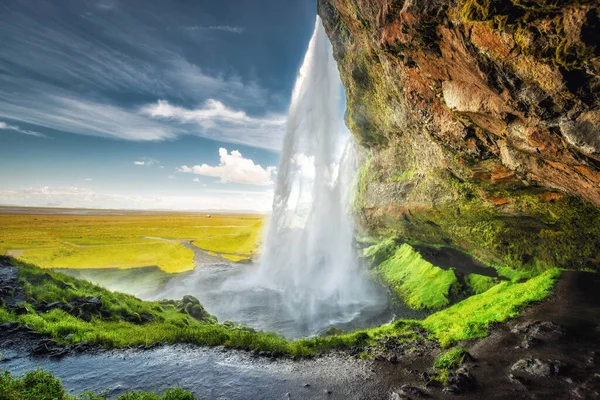
This 200-foot waterfall offers something most others can’t—you can walk behind the cascading water for a unique perspective. The pathway leads you into a natural cave where you’ll get soaked from the mist, but the shots you’ll capture are worth every soggy step.
During golden hour, the light filtering through the water creates an almost magical glow that transforms your photos from good to stunning.
Skógafoss
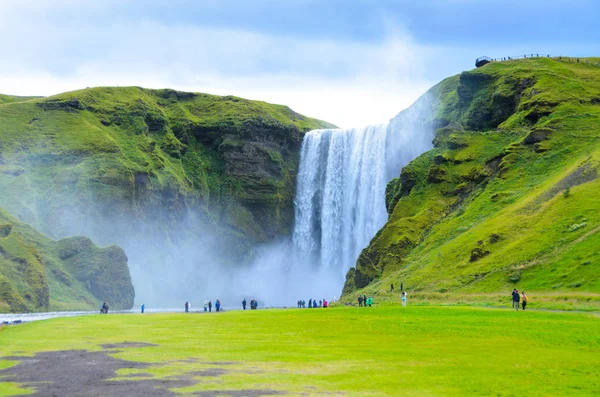
Standing 200 feet tall and 80 feet wide, Skógafoss creates a thunderous roar that you’ll feel in your chest before you even see it. On sunny days, the mist often creates double rainbows across the falls, giving you those once-in-a-lifetime shots.
The staircase alongside the waterfall leads to a viewing platform where you can capture the falls from above, plus the endless green landscape stretching toward the ocean.
Like Travel Pug’s content? Follow us on MSN.
Gullfoss
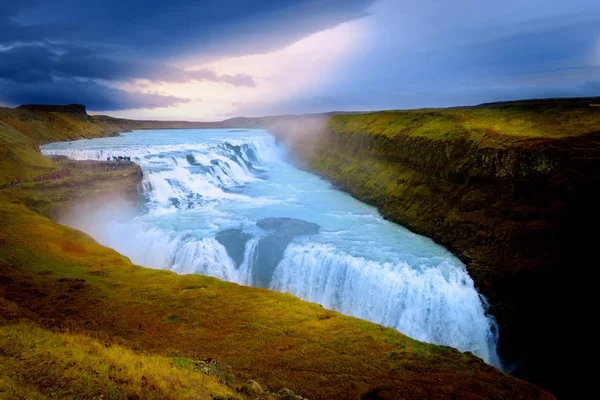
Known as the ‘Golden Falls,’ this two-tiered waterfall drops 105 feet into a narrow canyon that seems to swallow the Hvítá River whole. The best shots come from the upper viewing platform where you can capture both tiers in a single frame.
Winter visits offer a completely different experience when ice formations create natural sculptures around the falls, though you’ll want to bundle up for those frigid temperatures.
Geysir
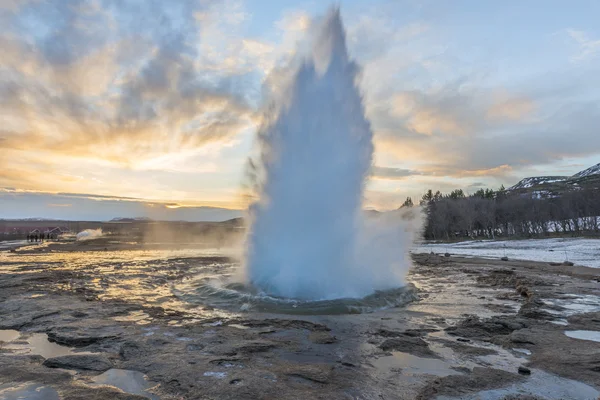
The original geyser that gave its name to all others, Geysir has been mostly dormant for decades, but its neighbor Strokkur puts on a show every 5–10 minutes. Capturing the moment when boiling water shoots 100 feet into the air requires patience and quick reflexes.
The trick is to watch for the blue bubble that forms just before the eruption—that’s your cue to snap the shot.
Blue Lagoon
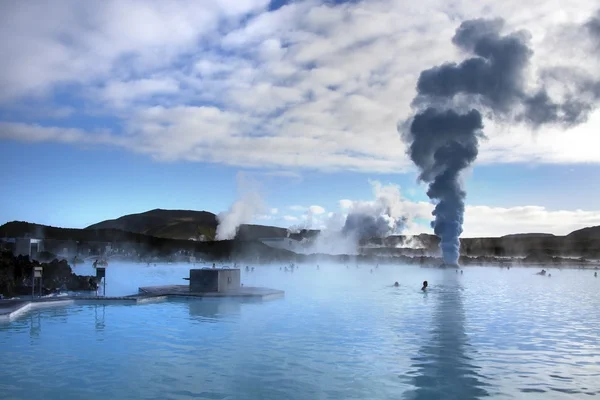
This geothermal spa looks like something from a sci-fi movie, with its milky blue waters contrasting sharply against the black lava rock surroundings. The mineral-rich water creates an otherworldly blue color that photographs beautifully, especially when people are relaxing in the warm pools.
Early morning visits offer the best lighting and fewer crowds, giving you cleaner compositions for those perfect spa shots.
Like Travel Pug’s content? Follow us on MSN.
Jökulsárlón Glacier Lagoon
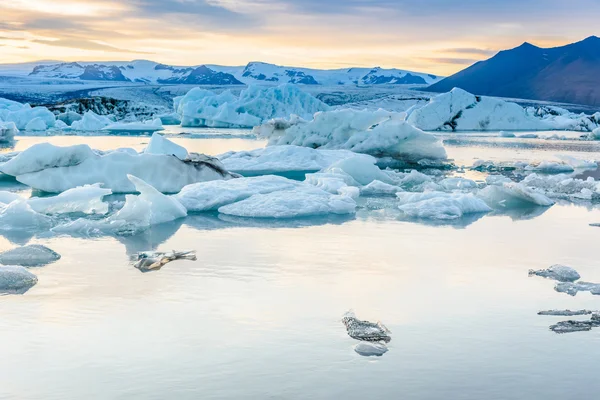
Massive icebergs float like frozen sculptures in this glacial lake, each one carved into unique shapes by wind and water. The contrast between the crystal-clear ice and the deep blue water creates compositions that look almost too perfect to be real.
Boat tours get you closer to the icebergs, but some of the best shots come from the shoreline where you can use the black sand as a dramatic foreground.
Diamond Beach
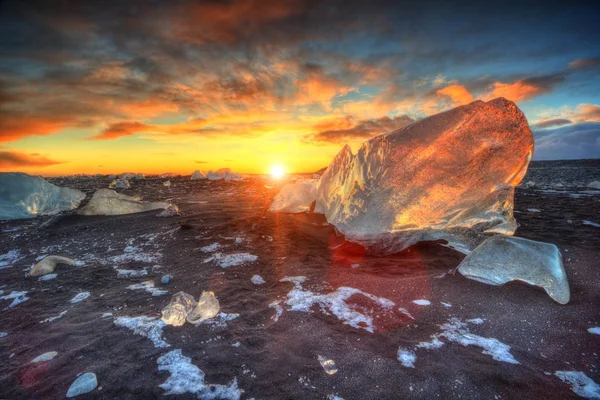
Just across the road from Jökulsárlón, chunks of glacier ice wash up on this black sand beach like scattered diamonds. The contrast between the crystal-clear ice and the volcanic sand creates striking compositions that change constantly as waves reshape the shoreline.
Sunrise and sunset light the ice from within, making each chunk glow like a natural lamp against the dark sand.
Reynisfjara Black Sand Beach
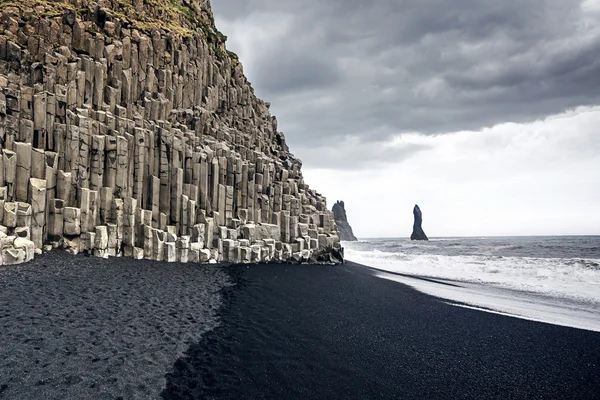
The basalt columns rising from this black sand beach look like nature’s own gothic cathedral, while the powerful Atlantic waves crash against the shore with impressive force. The sea stacks called Reynisdrangar stand offshore like ancient sentinels, creating perfect focal points for dramatic seascapes.
Just remember to keep a respectful distance from the waves—they’re notorious for being unpredictable and dangerously strong.
Like Travel Pug’s content? Follow us on MSN.
Kirkjufell
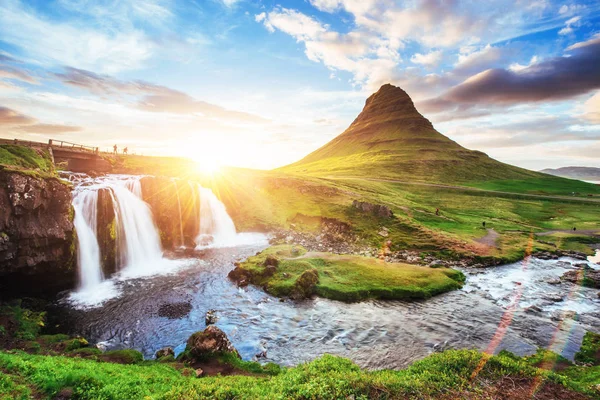
This pyramid-shaped mountain on the Snæfellsnes Peninsula has become Iceland’s most photographed peak, and for good reason. The nearby Kirkjufellsfoss waterfall provides the perfect foreground element, creating layered compositions that showcase both flowing water and the imposing mountain.
Aurora photographers particularly love this spot since the mountain’s distinctive shape makes an excellent backdrop for northern lights displays.
Dettifoss
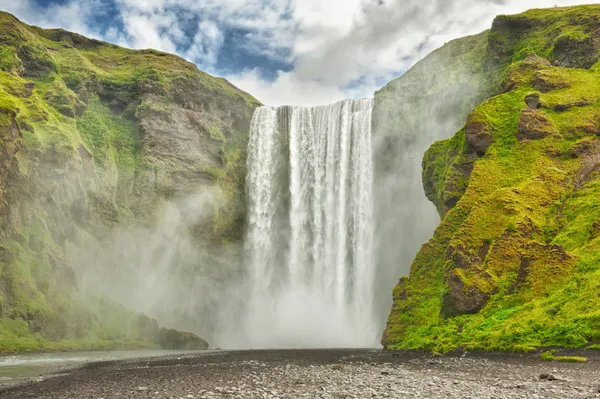
Europe’s most powerful waterfall by volume delivers a thunderous spectacle that you’ll hear from miles away. The sheer force of the Jökulsá á Fjöllum River plunging 144 feet creates a mist cloud that rises hundreds of feet into the air.
The viewing platform on the west side offers the most dramatic angles, where you can capture the full width of this 330-foot-wide monster in all its raw power.
Godafoss
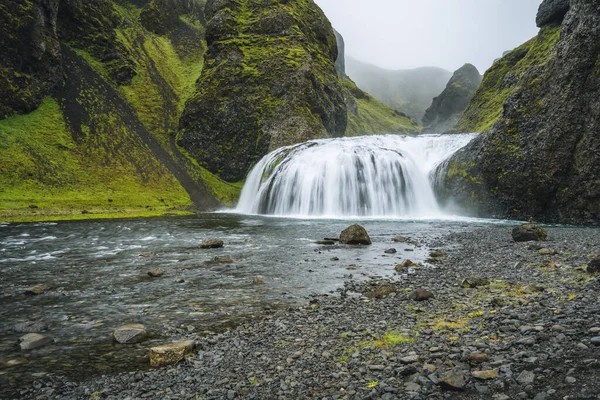
The ‘Waterfall of the Gods’ earned its name from Icelandic history, but photographers love it for its perfect horseshoe shape and manageable size. Unlike some of Iceland’s more thunderous falls, Godafoss allows you to get close enough for intimate shots that capture the intricate details of water flowing over basalt rock.
The multiple viewing angles mean you can spend hours here experimenting with different compositions and perspectives.
Like Travel Pug’s content? Follow us on MSN.
Landmannalaugar
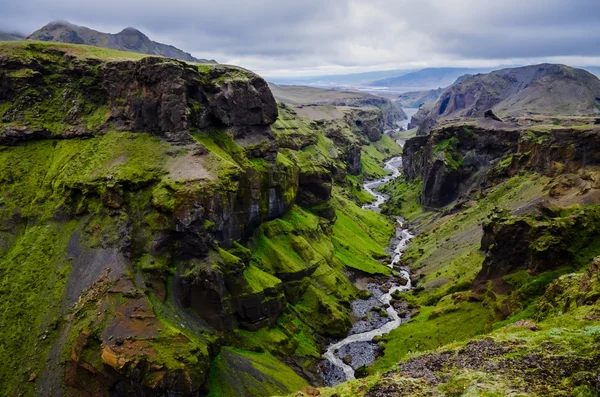
This geothermal area in the highlands looks like someone took a paintbrush to the mountains, creating stripes of red, yellow, orange, and green across the rhyolite peaks. The colorful mineral deposits create natural abstract art on a massive scale that changes throughout the day as light hits the mountains from different angles.
The hot springs scattered throughout the area add steaming elements to your compositions, creating an almost surreal atmosphere.
Stokksnes Peninsula
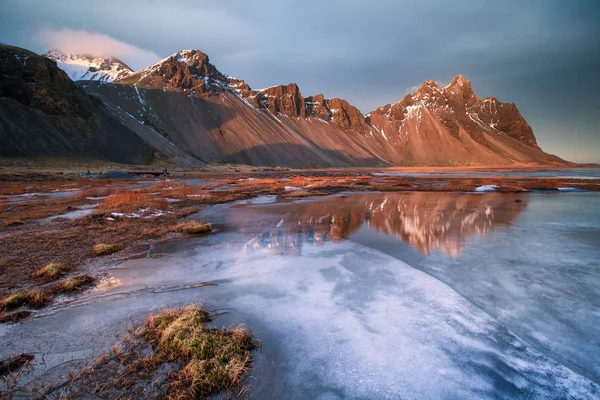
The black dunes here create leading lines that draw your eye straight to the dramatic Vestrahorn mountain range in the background. This relatively new photo location has quickly become a favorite among landscape photographers for its endless composition possibilities.
The grass-topped dunes add texture and depth to your shots, while the jagged peaks of Vestrahorn provide a stunning backdrop that shifts with the light throughout the day.
Westman Islands
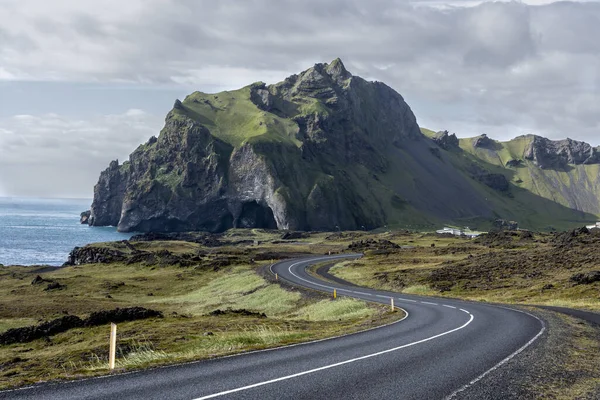
These volcanic islands off Iceland’s south coast offer some of the most dramatic coastal scenery you’ll find anywhere. Heimaey, the largest island, features colorful houses perched on volcanic cliffs, while puffins nest on the grassy clifftops during summer months.
The contrast between the green grass, black volcanic rock, and deep blue ocean creates natural color palettes that make every shot look professionally graded.
Like Travel Pug’s content? Follow us on MSN.
Lake Mývatn
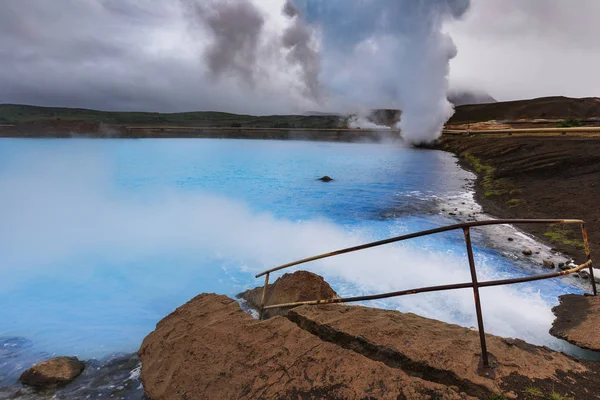
This volcanic lake region offers an incredible variety of landscapes within a relatively small area, from pseudo-craters that look like lunar landscapes to lava formations that twist into impossible shapes. The Dimmuborgir lava fields create a maze of rock formations that offer endless opportunities for creative compositions.
Nearby Námafjall’s colorful sulfur deposits and bubbling mud pots add an otherworldly element that makes this area feel like visiting another planet.
Hjálparfoss
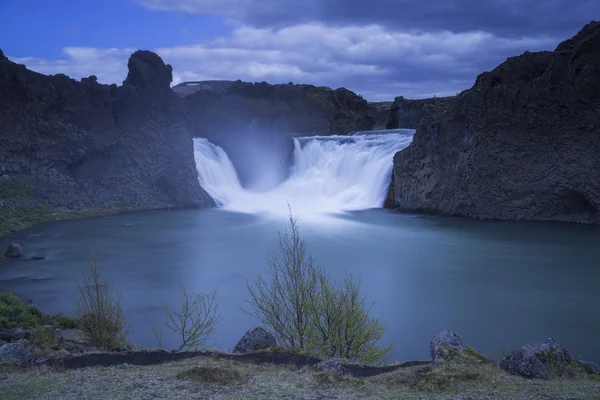
Often overlooked in favor of Iceland’s more famous waterfalls, Hjálparfoss offers a more intimate experience with its twin streams flowing over ancient lava rock. The surrounding lupine flowers bloom purple in summer, creating a beautiful contrast against the dark volcanic landscape.
This waterfall’s smaller scale allows for more creative compositions, including long exposure shots that turn the flowing water into silky ribbons.
Fjaðrárgljúfur Canyon
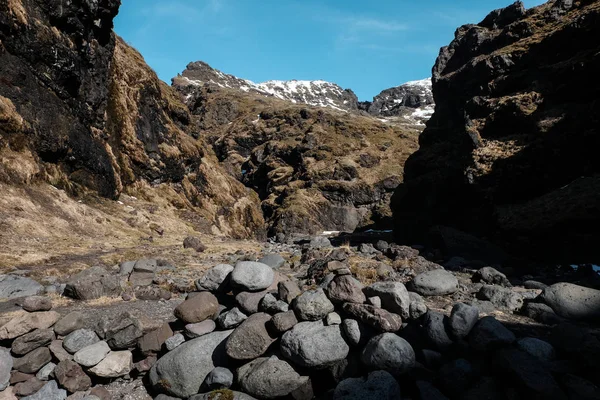
This narrow canyon, carved by the Fjaðrá River, creates dramatic compositions with its steep walls and winding path. The viewing trail along the rim offers multiple vantage points where you can capture the canyon’s serpentine curves stretching into the distance.
The layered rock formations tell the geological story of Iceland, while the river below adds a dynamic element to otherwise static landscape shots.
Like Travel Pug’s content? Follow us on MSN.
Þingvellir National Park
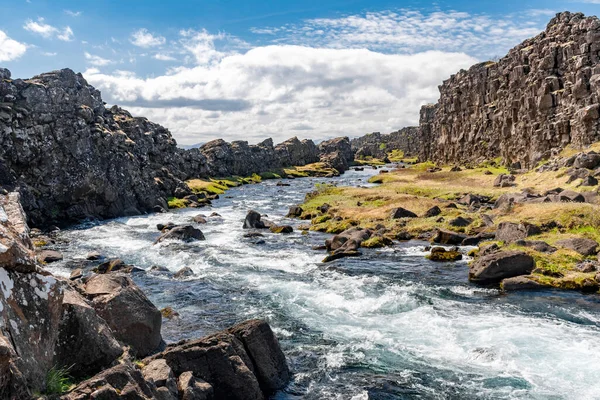
Where the North American and Eurasian tectonic plates meet, creating a rift valley that’s both geologically fascinating and visually stunning. The Silfra fissure fills with crystal-clear glacial water that offers underwater photography opportunities unlike anywhere else on Earth.
Above ground, the Almannagjá cliff and Öxarárfoss waterfall provide dramatic backdrops that combine Iceland’s geological history with its natural beauty.
Vatnajökull National Park
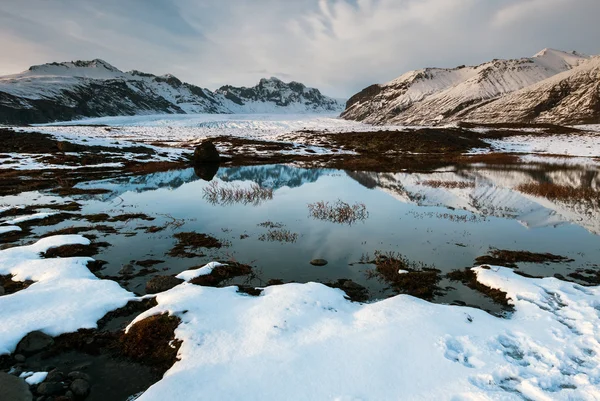
Home to Europe’s largest glacier, this national park offers everything from ice caves that glow blue from within to glacier lagoons filled with floating icebergs. The constantly changing ice formations mean no two visits will yield the same shots, making each trip a unique adventure.
Winter ice cave tours reveal hidden chambers where filtered light creates an ethereal blue glow that transforms simple tunnel shots into magical underground landscapes.
Reykjanes Peninsula
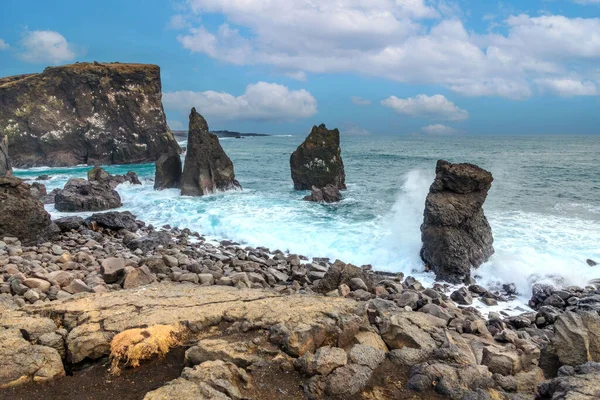
This volcanic peninsula near Reykjavik combines geothermal features with dramatic coastal scenery, creating diverse photo opportunities within a short drive of the capital. The Reykjanes lighthouse stands dramatically on black cliffs above the crashing Atlantic, while nearby geothermal areas steam and bubble like natural hot tubs.
The peninsula’s otherworldly landscape has even doubled as an alien planet in Hollywood movies, proving just how surreal this corner of Iceland looks.
Like Travel Pug’s content? Follow us on MSN.
Where Fire and Ice Still Dance
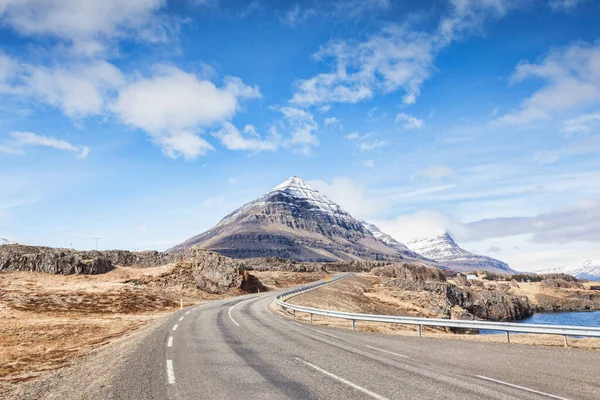
These twenty locations represent just a fraction of Iceland’s photographic treasures, each one shaped by the same volcanic forces that continue sculpting this island today. What makes Iceland truly special isn’t just the dramatic landscapes—it’s how they connect you to the raw power of our planet in ways that few places on Earth can match.
Every photo you take here captures not just a beautiful scene, but a moment in the ongoing geological story that’s been unfolding for millions of years.
More from Travel Pug

- 20 Best Beach Towns in the Carolinas
- 13 Destinations Where Tourists Regularly Regret Their Trip
- 20 Things You Actually Get in First Class
- 20 Small Airports With Aviation Museums
- 20 Places in the U.S. That Are Perfect for a Reset Trip
Like Travel Pug’s content? Follow us on MSN.
